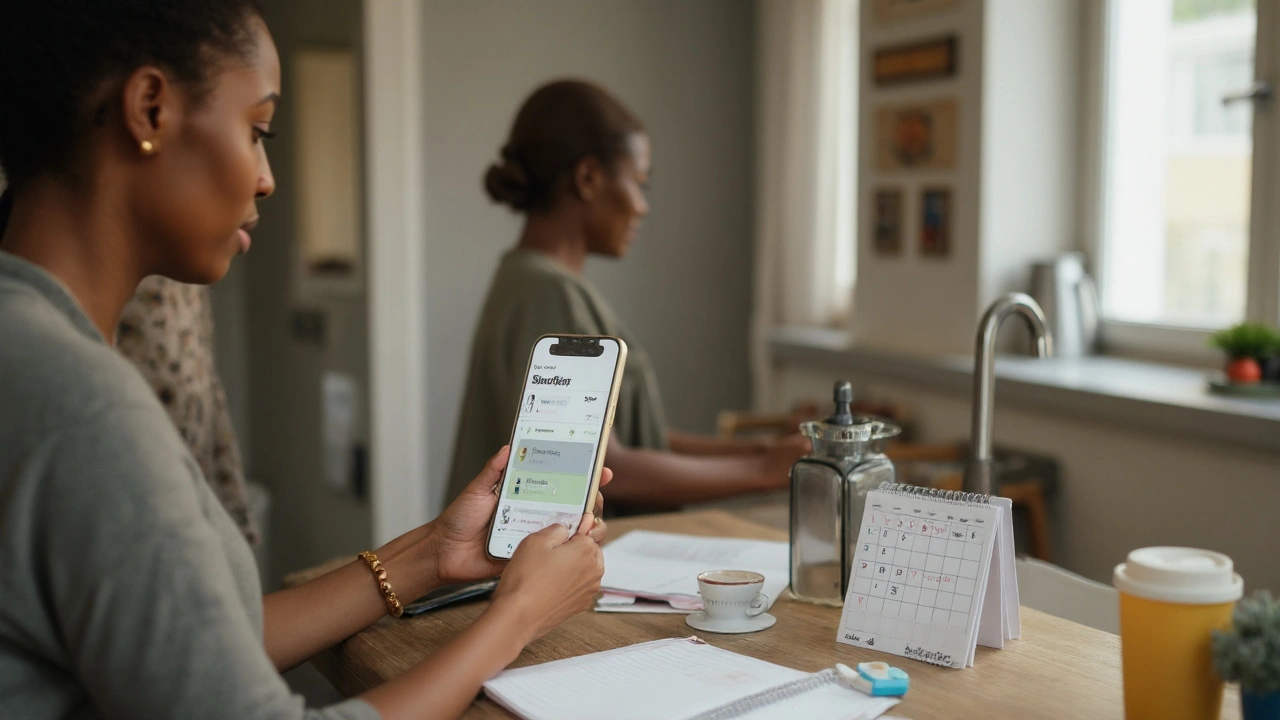Bladder Spasms: What They Are and How to Calm Them
If you've ever felt a sudden, sharp urge to pee that doesn't go away, you've probably experienced a bladder spasm. These involuntary contractions can make you feel uncomfortable, cause leaking, or just be plain annoying. The good news is that most people can manage symptoms with simple changes at home and knowing when to get professional help.
What Causes Bladder Spasms?
Several everyday things can set off a spasm. The most common culprits are caffeine, alcohol, and spicy foods – all of which irritate the bladder lining. Dehydration can also make the bladder work harder, leading to tighter muscle movements. Some people develop spasms after a urinary infection or because of an overactive bladder condition. Stress and anxiety play a role too; when you're tense, the pelvic floor muscles can tighten and send false signals to the bladder.
Medical issues like bladder stones, enlarged prostate, or nerve damage from diabetes can cause chronic spasms. If you notice pain that lasts more than a few weeks, bleeding, or a fever, it's time to let a doctor check for infection or other serious problems.
How to Manage and Prevent Them
First, watch what you drink. Cut back on coffee, soda, and tea, and replace them with water or herbal teas that are gentler on the bladder. Try to keep a regular bathroom schedule – going every 2‑3 hours can train the bladder to hold urine without overreacting.
Diet matters, too. Foods high in acidity, like citrus fruits and tomatoes, can sting. Keep a food diary for a week and note when spasms happen; you might spot a pattern. Adding magnesium‑rich foods such as leafy greens, nuts, and seeds may help the muscles relax.
Physical tricks work as well. When an urge hits, pause, take a few deep breaths, and gently squeeze the pelvic floor muscles for 5‑10 seconds, then release. This “stop‑start” technique can interrupt the spasm cycle. Some people find relief with a warm heating pad on the lower abdomen or a quick cold compress on the pelvic area.Over‑the‑counter options include bladder‑health supplements with cranberry extract or D‑mannose, which can reduce irritation. If symptoms persist, a short course of anticholinergic medication prescribed by a doctor may calm the bladder muscles.
Finally, stress management is key. Simple habits like a short walk, light stretching, or a few minutes of meditation can lower overall muscle tension and reduce spasm frequency.
Remember, occasional bladder spasms are normal, but if they start to interfere with daily life, reach out to a healthcare professional. They can rule out infections, assess for overactive bladder, and suggest targeted treatments.
How to Talk to Your Doctor About Bladder and Urinary Tract Muscle Spasms
A practical guide to describe bladder and urinary tract muscle spasms to your doctor, what to track, tests to ask for, and treatment options in Australia.

